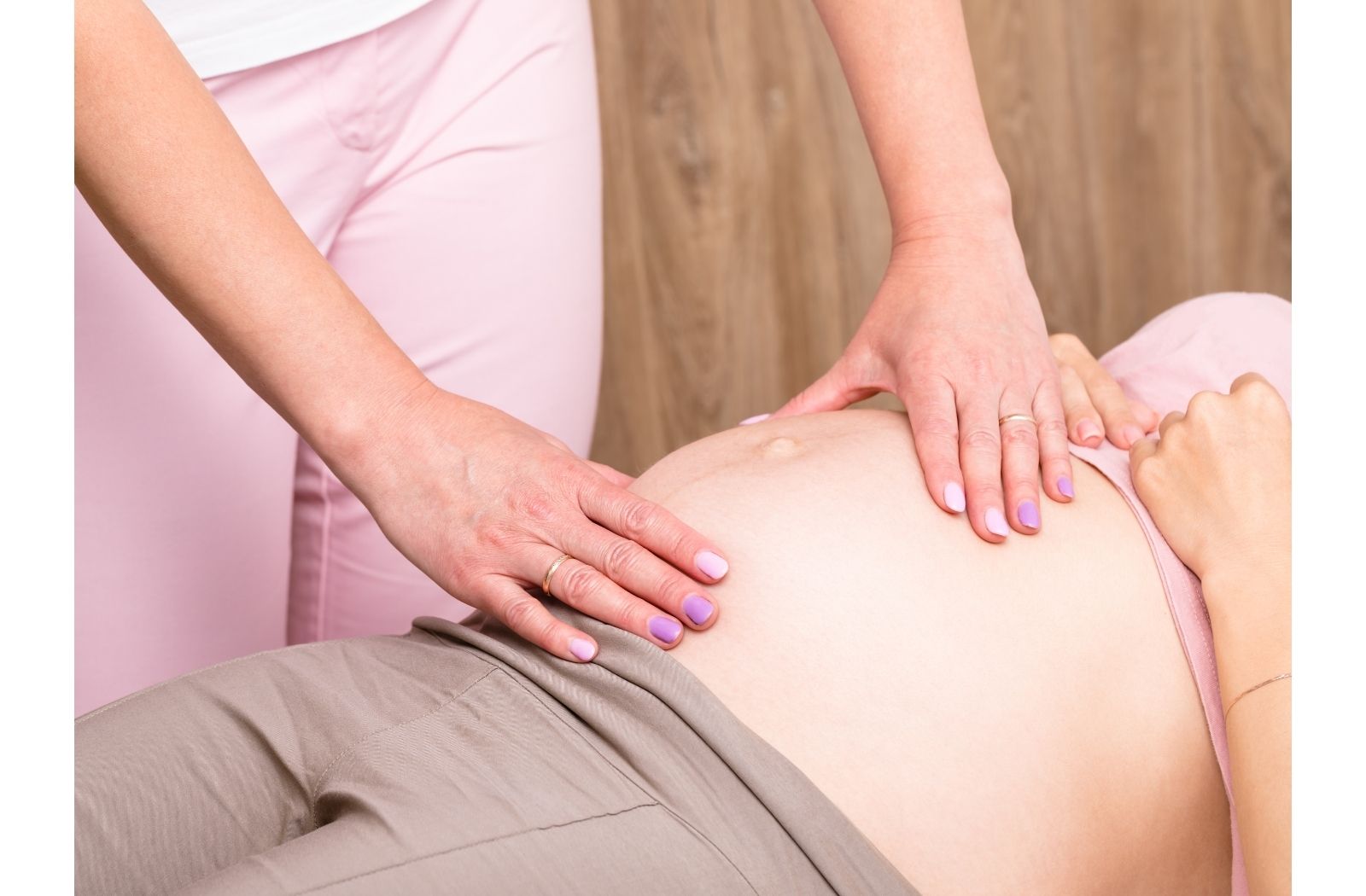Winter has arrived, and it is when children and babies start with colds and flu, which comes with a lot of coughs, runny noses and, in some cases, fever. Although mucus is often a defence mechanism, it can cause problems in infants if it builds up. So it is possible to relieve congestion with some tips we will give you below.
If not, the excess phlegm can make it difficult for them to breathe, prevent them from sleeping at night, make them feel bad, make it difficult for them to eat, etc.
Nasal congestion in infants:
The mucus comes from the airways and is expelled through the nose. This mucus is generated to defend the body from external agents that enter the nasal passage. Thus, the germs remain attached to the mucus we eliminate by blowing our nose.
The leading cause of Nasal congestion is the cold, especially if the child goes to daycare/kindergarten/school. Exposure to more than 200 different viruses that can cause a cold strengthens the child’s immune system and, under normal conditions, will be able to fight them.
In a few days, the cold will be over. However, it is normal for the mucus to be prolonged and last a few more days. Excessive mucus can cause diarrhoea, trouble sleeping, inability to feed or use a pacifier, etc. In conclusion, the child becomes irritable, uncomfortable, sleepy and hungry.
Some signs may indicate respiratory distress that requires immediate medical consultation:
- Breathing is no longer done only with the diaphragm.
- The nostrils flare when breathing.
- The child is constantly asleep.
- Higher respiratory rate.
- Noises and beeps are coming from the chest.
- Fever.
- Stop eating.
Methods to relieve mucus?
Mucus can have a severe impact on the well-being of the baby. So it is why decongesting the little ones is a primary objective.
Nasal aspirators: They work very well by removing mucus in the nose. It may be helpful to flush the nostrils first. With this object, the contents of the baby’s nose are aspirated with the force of the adult’s lungs. Clean the infant’s nose with physiological serum or saline solution: to wash the nostrils, the infant must be lying on his back and with his head turned.
Respiratory physiotherapy: with this therapy at the hands of a specialist, it is possible to help babies or children who suffer from a disease that causes excess mucus to have cleaner lungs. Sleep quality improves after a respiratory physiotherapy session, and oxygenation is increased. Pounding children’s chest is not recommended as it causes the airway to close even more.
Keep your child hydrated, as water or breast milk soothes discomfort and hydrates a frequently dry throat. In addition, breastfeeding strengthens the baby’s immune system to fight infection. Keep your environment free of dust, as this increases mucus production.
The cough: Babies and young children do not know how to blow their noses or spit. Likewise, they often secrete more mucus than they can eliminate while learning to do it. As a result, your body reacts by coughing and sneezing to remove excess mucus.
Children should be allowed to cough before administering any Cough-suppressing medication immediately. Coughing clears the middle and upper parts of the lung. The effectiveness of its cleansing function depends mainly on the speed of cough output. Pulmonary pathologies and neurological diseases cause the cough’s strength to be less than usual, so the phlegm does not come out, and infections occur.
There are different types of cough :
Dry Cough: Does not move or expel phlegm or mucus from the lungs. It is generated when there is inflammation in the airways, and the body believes there is something to remove, but it is not. This cough should try to be relieved because it is annoying for those who have it, and it does not fulfil the function of decongesting.
Laryngeal/hoarse cough: it is characteristic of those affections of the vocal cords. It is painful and can make it hard to breathe. You should see a laryngeal specialist.
Soft cough: the productive cough accompanies the movement of mucus. It is identified because when you cough, you can hear how the phlegm moves and then is expelled or remains in the throat and is swallowed. Therefore, it is recommended to allow this cough to happen, as it is helpful to decongest.
Whooping cough/coughing fits: If it happens suddenly, it may be an object the child is trying to expel. If flu-like symptoms accompany it, it may be a sign of whooping cough and requires a medical visit.
That said, the only cough you should consider treating right away is dry (a doctor should diagnose laryngeal and whooping coughs), as it’s bothersome and doesn’t help. Soft cough is ideal for the child to move the mucus, but if it bothers him to sleep, you can try to relieve it with a method indicated by the paediatrician.
Apart from the cough syrups that the paediatrician might indicate, you can make use of natural methods such as:
Honey: it is relatively effective in treating coughs and can be used in children over 12 months mixed with a bit of milk or hot water, followed by brushing the teeth.
Cut onion: a famous “grandmother’s remedy” that consists of cutting an onion into large pieces and putting it in the baby’s room when he sleeps so that he breathes in the gas it emits when it is cut. This gas (the same one that makes us cry when cutting) would moisten the throat. Unfortunately, this method is not supported by scientific data, but it is safe.
Humidifiers: elements that increase the humidity of the baby’s room. It could help the secretions to be very liquid, and the child can expel them better. However, you must maintain a good cleaning of the humidifier so that it does not become contaminated and use it only on necessary occasions.
If mucus, phlegm and cough are persistent, consult your paediatrician.



